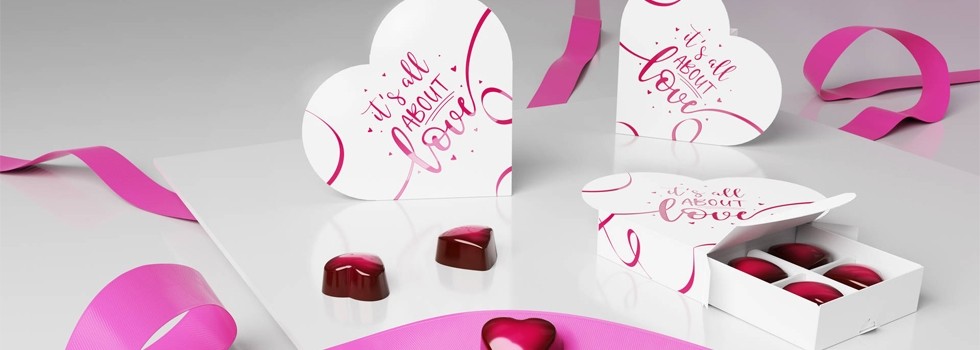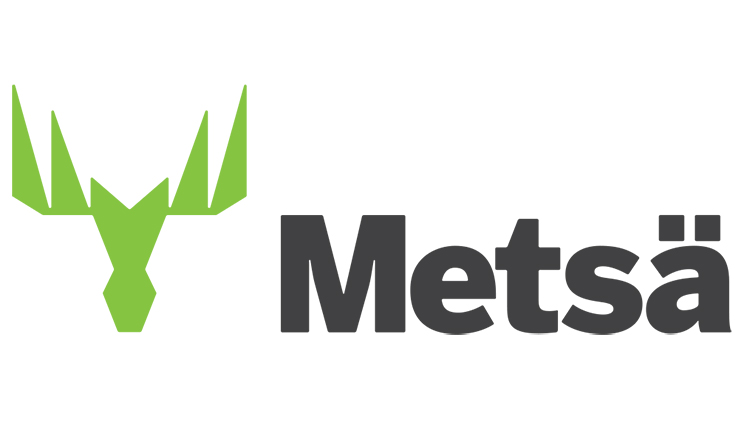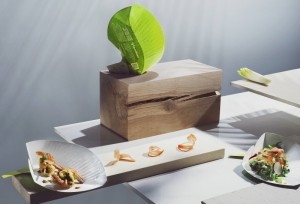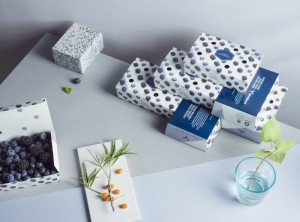Promotional Features
An alternative to plastic packaging - food for thought
A growing demand for safe, sustainable, plastic-free and recyclable packaging alternatives to serve and store food is resulting in some innovative approaches. Metsä Board technical services director Matt Terry looks at the challenges and opportunities facing this evolving market
Metsä Board has launched a pioneering plastic-free eco-barrier paperboard with medium barrier properties for grease and moisture resistance - MetsäBoard Prime FBB EB. It is designed to meet the food industry’s needs for sustainable packaging. The material is the result of Metsä Board’s own research and development work and is a sustainable substitute to plastics and other non-recyclable materials for food packaging.
Consumer preferences are driving the use of more sustainable packaging materials, with 52% of European consumers having switched a brand or product because of environmental concerns about how it is packed, according to a study by ProCarton.
“Globally, brand owners and companies are looking for new, greener packaging solutions, and for them, there is also an essential question of image and brand management,” says Matt Terry, technical services director at Metsä Board.
“Many companies have publicly made commitments to abandon non-recyclable plastic packaging by 2025. This further adds pressure to find alternatives made from renewable non-plastic materials, which should also be recyclable. Also, the EU directive banning certain single-use plastic items increases the requirements for recyclability, which further increases the demand for materials.
“One thing is also clear, the food sector requires barrier solutions that are easy and convenient to recycle, made from mono material, plastic-free, compostable and fluoro chemical-free,” says Terry. “These solutions are needed for the many different types of products, with a multitude of conditions of processing and use.”
The demands upon the barrier can be extremely varied in the food sector and currently there is no one perfect solution, he says. “Both our understanding and experience are expanding rapidly, but there is still a need to take a measured approach when replacing the barrier in an untested sector.”
There are also many specialist applications that require complex solutions, he says. “Some of these we have solved by considering the packaging design in conjunction with the use of our eco-barrier board. Others we have solved with the application of additional coating technologies to further adapt and enhance the present barrier properties.”
A further complication facing the industry is the challenge faced by the present terminology and test standards that are typically specific to the types of barriers that people wish to move away from, explains Terry. “For example, when wishing to replace a fluoro chemical based grease-resistant barrier with a water-based dispersion barrier, it is not relevant or applicable to ask for an equivalent KIT value. We need to re-educate ourselves to work in a different world as the requirements of the market evolve and the drivers and standards for new alternatives change.
“At Metsä Board we have been at the forefront, over many years, in the optimisation and lightweighting of paperboards and packages,” he says. “The same evolutionary process is ongoing with plastic alternatives and barrier solutions. The drivers continue to be: fit for purpose, cost-effective and with the lightest environmental impact. This evolutionary process will no doubt continue, but some of these drivers are likely to shift. The current legislative requirements and environmental goals will change, and we will need to adapt to reflect those requirements. Metsä Board is continually looking at how we can improve our performance and products to offer better and sustainable solutions to our customers.”
Improved performance
MetsäBoard Prime FBB EB has a medium barrier for grease and moisture resistance and is suitable for various end-uses in food and non-food applications that demand barrier properties. “Uses include fast food items such as fries, donuts and fried nuggets, as well as confectionery and fresh items such as salads, breads and cakes,” says Terry. “And, as it is safe for direct food contact and is free from fluoro chemicals, with high brightness and a smooth surface providing excellent printability, it already addresses the present trends the markets require.”
From a sustainable perspective, it is available with PEFC™ or with FSC© and home-compostable certifications, as well as being plastic-free and therefore easy to recycle.
Tried and tested
Many companies have realised the potential of MetsäBoard Prime FBB EB, including several global brand owners. For example, one business has replaced black PE in chocolate confectionery packs, while another is moving its frozen range of vegetarian product packages from PE to MetsäBoard Prime FBB EB. In addition, several leading fast-food outlets are using the company’s eco board for salads, clam shells and chip scoops.
In summary
To find out more, please contact Metsä Board for a no obligation free technical consultation, a presentation and to arrange samples on email: zrgfnobneq.pbzzhavpngvbaf@zrgfntebhc.pbz
Or go to the website here.



